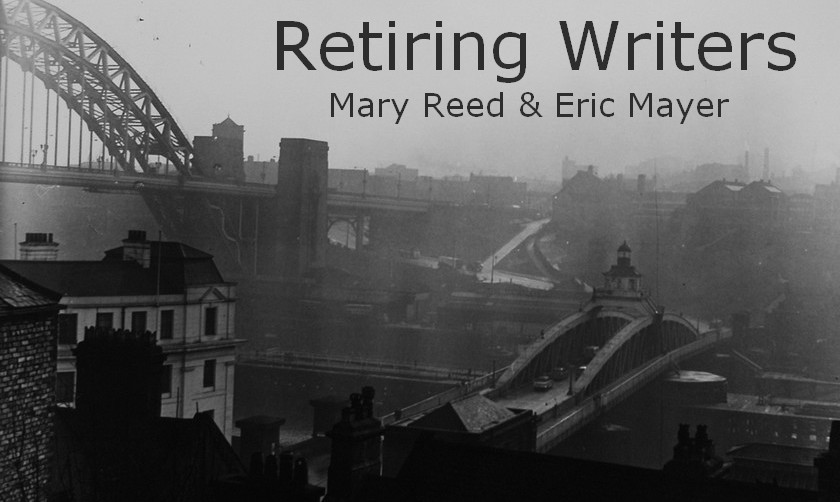When Sir Eustace Pennefather arrives at the Rainbow Club he finds in his mail a parcel containing a box of chocolates. The choleric baronet is outraged at being made the target of an advertising promotion, as indicated by the accompanying note. He passes the box on to a fellow club member who has arrived at that moment by chance. Graham Bendix, only vaguely acquainted with Sir Eustace, takes the chocolates home to his wife who, after eating several, dies of nitrobenzene poisoning.
Sir Eustace is, we are told, a thoroughly "bad baronet." For one thing, while most country squires are content to pursue foxes, Sir Eustace pursues women. No doubt he's made enemies, but who sent him the poisoned chocolates?
Scotland Yard is stumped. So stumped that Chief Inspector Moresby gives the Crime Club a crack at the case.
Detective novelist Roger Sheringham's Crime Club consists of six members who have passed a stringent test proving their crime solving expertise: "There was a famous lawyer, a scarcely less famous woman dramatist, a brilliant novelist who ought to have been more famous than she was, the most intelligent (if not the most amiable) of living detective-story writers, Roger Sheringham himself, and Mr. Ambrose Chitterwick, who was not famous at all, a mild little man of no particular appearance..."
Inspector Moresby briefs the club on what little Scotland Yard has learned. The members agree that each will attempt to solve the crime and report their conclusions the following week.
The book's plot is simple. Inspector Moresby makes his presentation and then each member details his or her solution and the methods and reasoning employed.
That's right. The book consists almost entirely of speeches!
If you're looking for a thriller or non-stop action, this novel isn't for you. If, on the other hand, you enjoy savoring an intellectual mystery puzzle The Poisoned Chocolates Case is a classic. (I admit that puzzle solving, for me, is a spectator sport. I'm no good at solutions but I enjoy the cleverness of them when they are revealed.)
The mystery lover will find here six different investigations and solutions, each one entirely convincing until the next presenter adds new facts or casts a different light on what is already known.
Each club member makes his or her presentation in a distinctive voice, from the bombastic lawyer to the timid Mr Chitterwick and each approaches the case in a unique manner. Methods of proof include inductive investigation, deduction from facts given or a combination. One member depends on psychology another on science. One looks for a motive of financial gain another jealousy. As an added fillip, each member also alludes to a parallel real life case. Mr Chitterwick, the final presenter, helpfully offers a chart summing up the approaches taken by those who came before.
The book is a treatise on the tricks of mystery writing filled with observations like that of detective novelist Bradley who says, "Artistic proof is, like artistic anything else, simply a matter of selection. If you know what to put in and what to leave out you can prove anything you like, quite conclusively. I do it in every book I write."
At the end of book, after five false alarms, Mr Chitterwick finally reveals the true murderer.
Or does he?
Surely if Anthony Berkeley, as author of the Poisoned Chocolates Case, had not included Mr Chitterwick in the club then the fifth speaker would have had the final say and the woman dramatist's solution would have been conclusive.
Or if Berkeley had decided a seventh member should speak, then poor Mr Chitterwick would have turned out not so smart after all.
The solution to a mystery novel really depends on where the author decides to stop doesn't it?


No comments:
Post a Comment